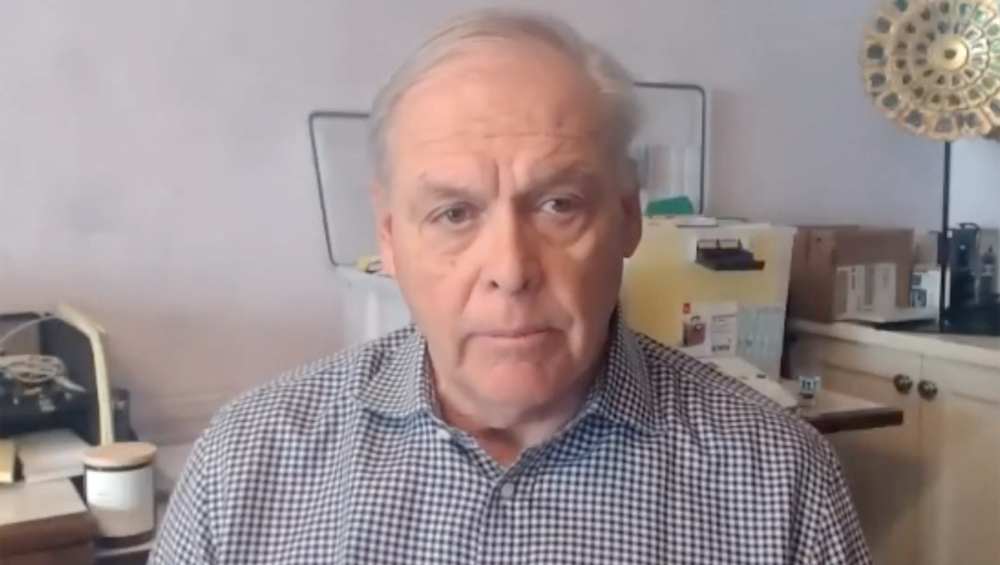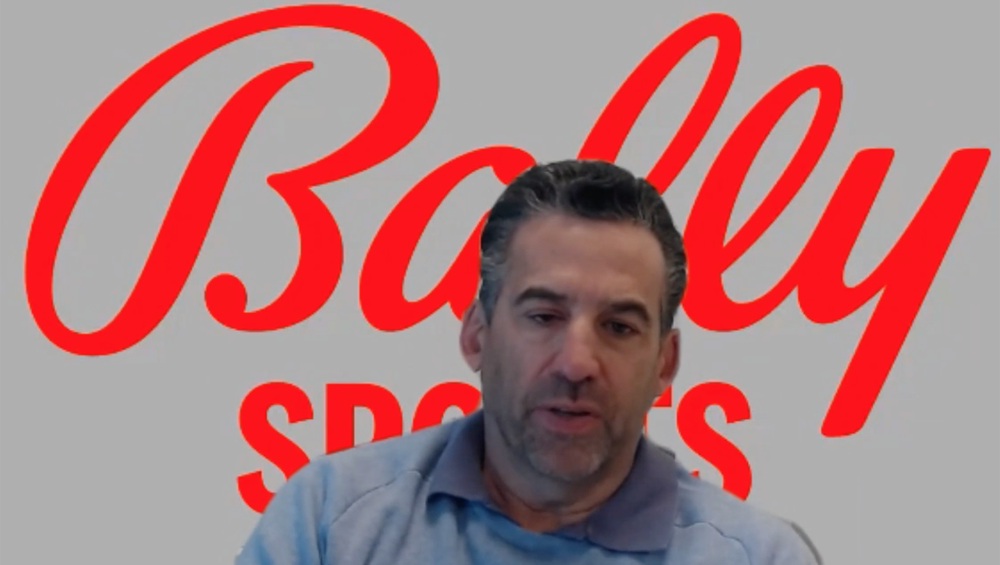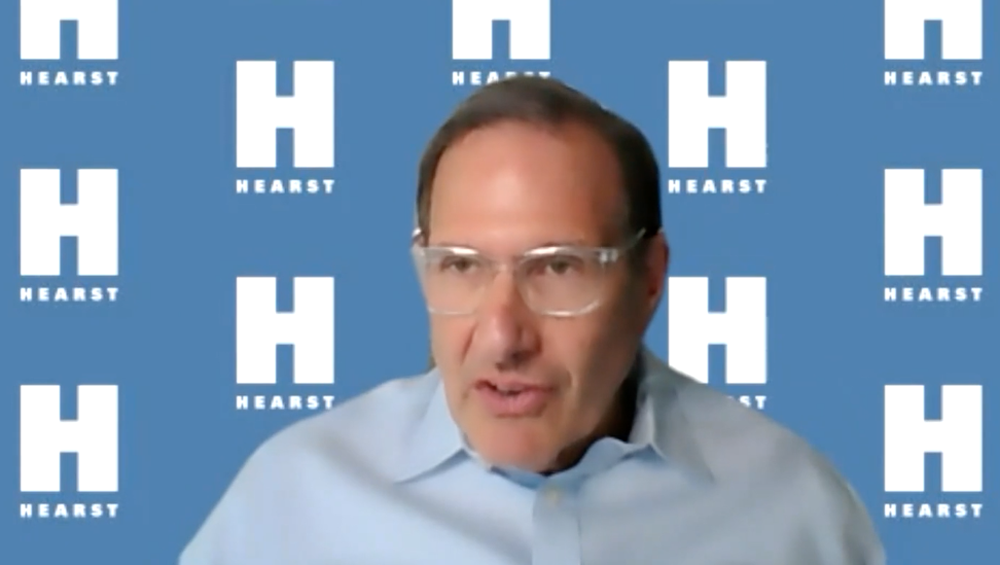
Focus On Advertising | Broadcasters Turn Inward For Automated Sales Solutions

Station groups are building out their own automation sales capabilities in-house to a greater and greater extent as major problems continue with outside companies that have attempted to provide end-to-end buying and selling solutions.
The platforms available to spot TV buyers and sellers on the open market have several gaps in the pipeline, where sometimes laborious manual work is required, although there has been some improvement. It’s a problem that dogs the industry, adding to expenses and bogging down the transaction process. It is also unlikely to disappear for at least 18 months, if not well over two years.
Those were just some of the many takeaways from TVNewsCheck’s webinar on spot automation, which took place May 19 and was moderated by this reporter.
Because of all the challenges — and the unique group of digital and linear assets within each broadcast company — it’s not surprising that Sinclair Broadcast Group and NBCUniversal are among the station groups that are cherry-picking technology from different vendors to bring a lot of the automated functions in-house.
Sinclair is building a unified sales platform with Operative that will become increasingly more important as spot is sold on an impressions basis, the measurement metric-of-choice in the digital space, towards which broadcast TV is gravitating.

Rob Weisbord
“We have a multitude of digital assets; we have our own CTV [connected TV] business. We need to warehouse all our inventory so that the buying community can see it holistically as we move to impressions and layer data on top of that to get the best audience,” said Rob Weisbord, president of broadcast and CRO of Sinclair Broadcast Group.
Sinclair uses both WideOrbit’s trafficking and sales platform services, but eventually the sales platform will no longer be in the game plan. “It won’t solve for our needs of where we see the business going,” Weisbord said.
NBCU’s stations are taking advantage of an initiative across various divisions of parent company Comcast Corp. to come up with a unified automated sales system. “We need to take away all the separate ways of looking at our inventory. It will take a while, but we’re going to invest money and try to build a world class system,” said Frank Comerford, CRO and president of commercial operations at NBCUniversal Local.
“There will be other vendors involved. There’s no need to reinvent the wheel. But it will be our own product,” Comerford added.
When it comes to outside automated platforms, one of the most glaring speed bumps relates to manual communication between systems on the buy and sell sides of the business. “While we’re trying to bridge gaps with companies like Hudson and ProVantage, there hasn’t been a seamless approach,” Weisbord said. He referred to Hudson MX, which is a buy-side platform, and ProVantageX, which is both a buy- and sell-side solution.
“We’re still 18 to 24 months away from bridging that buy/sell gap,” Weisbord added.

Archie Gianunzio
“There’s been a lot of fits and starts. For example, we’ve all been waiting for Hudson [and agencies using it], to start sending us orders. We’ve waited for 12 to 18 months, and it still hasn’t happened. A lot of us geared up for what that would look like, and that sort of fizzled out,” said Kurt Rao, SVP and CTO at Tegna.
The process of handling makegoods — avails used to compensate buyers when a campaign under delivers — are almost completely manual at this point, said Al Lustgarten, SVP of technology and information services, Hearst Television. “There’s some ability to transmit information back and forth between the two disparate buy and sell systems, but it all breaks down after that. It is a very big pain point for us.”
The lack of communication between systems was likened to the Tower of Babel by Comerford. “There’s multiple places where we have broken pipes that are not connecting. There are people working on it,” he said.
Another issue relates to the sheer quantity of vendors and how that drives up costs. “We’re not in a position to support five, six, seven different front-end systems,” Comerford said.

Al Lustgarten
“We’re happy to pay for technology if it enhances productivity and makes our business easier to buy.” Lustgarten added. “If it facilitates transactions, we’re happy to discuss paying those fees. It just shouldn’t be a toll.”
“I feel like a lot of the platforms have missed something, in what they put out there: what is the value in what you’re providing? And can you give any proof that you are providing that value?” said Archie Gianunzio, SVP sales at Furious Corp., which has a software solution that calculates optimal spot pricing.
The costs involve a balancing act, noted Michelle Clayton, chief client officer at PremiumMedia360, an automated solution that suggests makegoods and reconciles data discrepancies that can crop up during an ad transaction. “We have to make money, just like the sellers and the agencies,” she said. “But a lot of that money we’re driving back into investing in the technology to help us move forward.”
Weisbord noted that the percentage-based agreements that some automated platforms are seeking from station groups “can get expensive.” Because most of the automated transactions at Sinclair come from national spot, he believes some of the automated platforms missed an important opportunity: they rejected overtures from some national rep firms interested in an exchange of equity ownership.
Throughout the panel discussion, there were references to the TIP Initiative, which is housed within the TVB. Lustgarten and Rao have helped lead the charge as TIP developed API-based standards so that different automated systems along the transaction pipeline can “talk” to each other.
That said, “the challenge is to get the buy side and the sell side to build it into their platforms,” Rao said. “Some are more willing. But others don’t have the technology prowess to make that jump.”
































Comments (2)
weluvfakenews says:
May 25, 2021 at 12:13 pm
I find it amazing they have not solved this yet..Instead of the TVb’s the Nielsens and all the rest of these myopic companies who live in the broadcast bubble trying to figure it out to no avail, why have they not approached some intelligent companies like IBM or one of the really big tech companies to get his solved..Why?? they are arrogant and think they can do it themselves…( 10 years later) and it would cost a lot and their margins are already on the cliff.. Thats why!!!
Kathy Haley says:
May 26, 2021 at 8:24 am
As someone who began writing about automating advertising buying and selling in the 1990s, I can tell you this isn’t an easy task. Primary roadblocks this time have been cost. Station groups do not want to pay a percentage of revenues – as much of digital advertising does – to ad tech companies, as long as they are also paying commissions to rep firms. IBM, Microsoft and other technology giants have not jumped in to offer solutions because Spot TV is way too small in total revenue to attract their interest. Smaller companies have jumped in and are automating parts of the process (rate setting, audience estimates, in-flight reconciliation, attribution) or are offering end-to-end solutions.